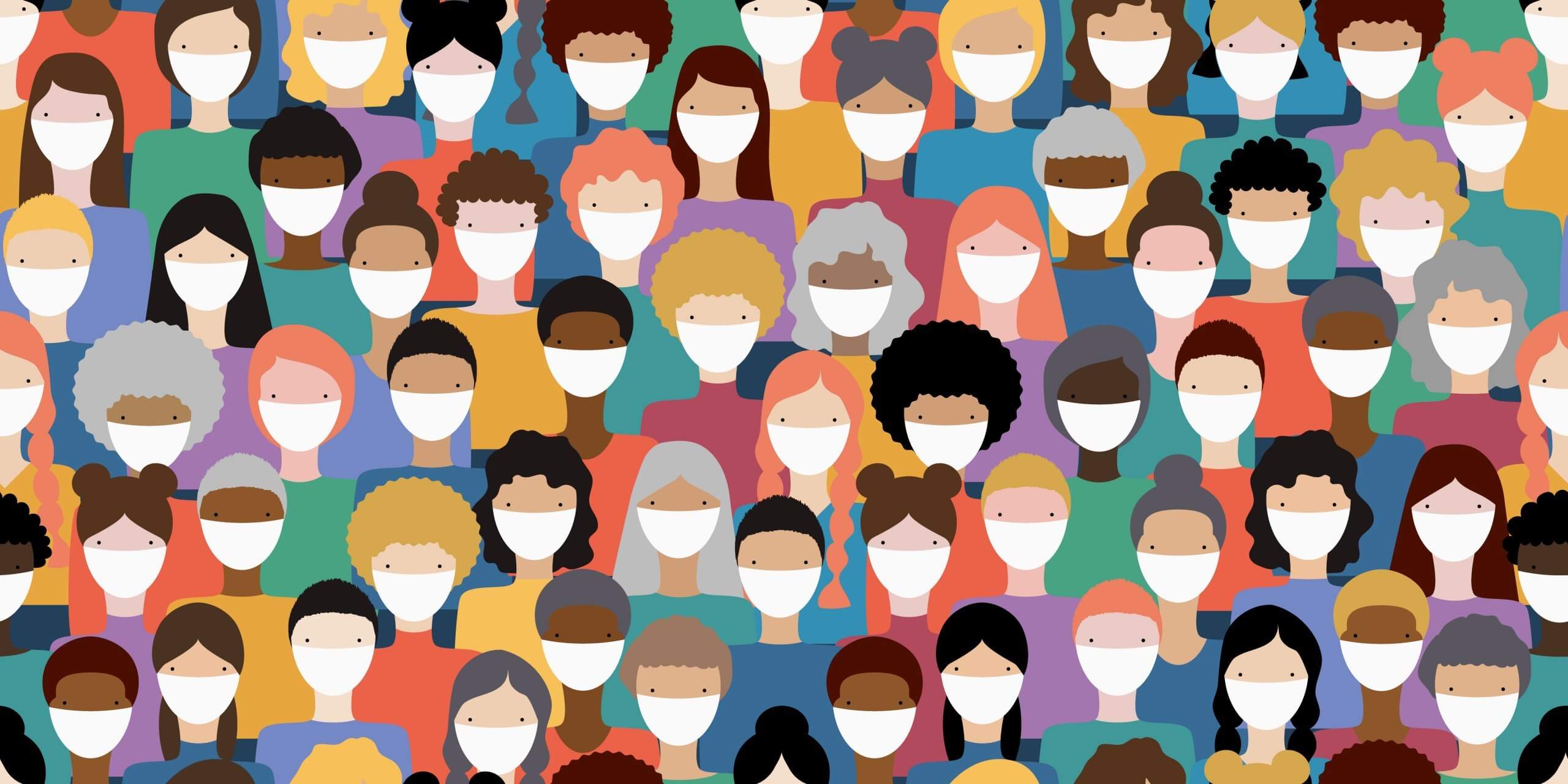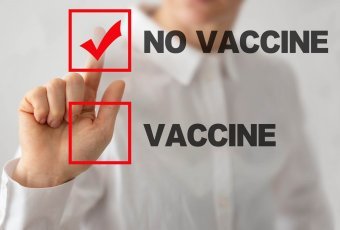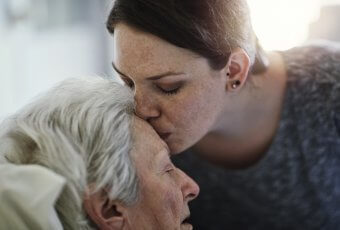COVID-19 | May 20, 2021
The Vital Role of Community-Centered Care During a Pandemic
Reading Time: 3 minutes

The COVID-19 pandemic tested the limits of healthcare systems worldwide. In May 2020, the World Health Organization (WHO) published a guide to help countries strengthen the resilience of community-based health services throughout the pandemic and beyond. The organization acknowledged that community-based healthcare is “an essential part of primary care at all times; in the context of the COVID-19 pandemic, the distinct capacity of trusted community members for social engagement and delivering care where it is needed is ever more critical.”
A community-centered approach to care involves expanding healthcare outside the confines of hospitals and hospital systems into communities. Examples include home- and community-based health services and partnerships with local nonprofit organizations. During the pandemic, this approach was essential to driving access to needed health services.
Relieving overwhelmed healthcare systems
Hospital-centered health systems are not set up to handle the scale of a pandemic in addition to their regular patient flow. At the height of the COVID-19 pandemic, even the best hospital system could not cope with the demand. Resources were limited, and hospital staff was spread thin. Plus, there was the risk of exposure and spread in crowded facilities.
Community-based health delivery is a critical line of defense in COVID-19 infection mitigation and post-COVID care, providing essential services such as:
- Differential diagnosis, testing, early detection, and contact tracing
- Supportive treatment, triage, and risk assessment
- Home monitoring and care
- Coordination, motivation, and monitoring of case isolation
- Telephone and online health consultations
- Delivery of simple equipment, i.e., oxygen therapy and pulse oximeters
- Timely identification of worsening COVID-19 disease
- Management of mental health effects
- Domestic support, food, and medication supplies for those in quarantine
- Rehabilitation and management of post-acute COVID-19
- Community follow-up
- Vaccine administration
All these measures prevent infection, reduce death rates, shorten hospital stays, increase available hospital resources, and improve the overall quality of life, health, and well-being within communities during a pandemic.
Addressing health disparities and inequities
Partnerships that combine the expertise of health systems and providers with the reach of community leaders and organizations can be a highly effective way to tackle health disparities and drive health equity.
“Health equity means that everyone has a fair and just opportunity to be as healthy as possible,” says the Robert Wood Johnson Foundation (RWJF). “This requires removing obstacles to health such as poverty, discrimination, and their consequences, including powerlessness and lack of access to good jobs with fair pay, quality education and housing, safe environments, and health care.”
The response to the pandemic highlighted the ongoing health disparities and inequities in minority, ethnic, and poor communities throughout the United States. Reports in May 2020 revealed that Black, Latino, American Indian, and Pacific Islander individuals and their communities had age-adjusted mortality rates that ranged between two to three times greater than White residents.
To help address these disparities and inequities, community groups, universities, nonprofits, local health departments, community hospitals, and local healthcare providers partnered to assist vulnerable communities across the country. Here are just three early examples:
- In Chicago, the Homelessness and Health Response Group for Equity formed a coalition that included hospitals, federally qualified health centers (FQHCs), city officials, shelter operators, and housing advocates to provide critical assistance to vulnerable individuals and high-risk groups across the city.
- North Carolina partnered with its state primary care Medicaid program and local health education centers to augment efforts to track transmission in vulnerable communities.
- The Gallup-based Community Outreach and Patient Empowerment organization, Brigham and Women’s Hospital, Partners in Health, and the nonprofit United Natives coordinated medical supplies for clinicians and home-based resources for Navajo Nation community members. The University of California, San Francisco, and Doctors Without Borders also sent volunteer clinicians to this vulnerable community.
Community-level outreach is also paramount to overcoming vaccine hesitancy within marginalized communities.
Promoting advance care planning
COVID-19 raised public awareness of how health can deteriorate suddenly and unexpectedly, which pushed more people to consider their end-of-life wishes. Data from the Palliative and Advanced Illness Research (PAIR) Center at the University of Pennsylvania showed a nearly five-fold increase in online advance directive (AD) completions and ACP compared to before the pandemic.
Community-centered care creates opportunities to widen access to the benefits of ACP. Professionals in community settings often have the chance to know patients better and build trust with them, which facilitates the initiation of these sensitive conversations. Family members, friends, and caregivers are empowered to start ACP conversations.
During the pandemic and beyond, there are numerous ways to do ACP outside a healthcare facility, such as:
- Virtual ACP via Telemedicine
- Digital ACP platforms to record end-of-life care wishes
- Online decisional support, such as The My ACP Decisions Platform
- Social end-of-life conversations games, such as Hello and GoWish
The pandemic has brought greater recognition of the needs and healthcare gaps within communities and the value of bringing healthcare to where people are. Hopefully, the lessons learned will translate to sustainable collaborations across communities beyond the pandemic.
If your healthcare organization is interested in starting an advance care planning collaborative within the local community, let’s talk!
You might also like...

Understanding the Obstacles to Telehealth
COVID-19, GENERAL, TECHNOLOGY | 3 MIN READ

Understanding and Overcoming Vaccine Hesit...
COVID-19 | 3 MIN READ

6 Ways Healthcare Professionals Can Suppor...
COVID-19 | 3 MIN READ
